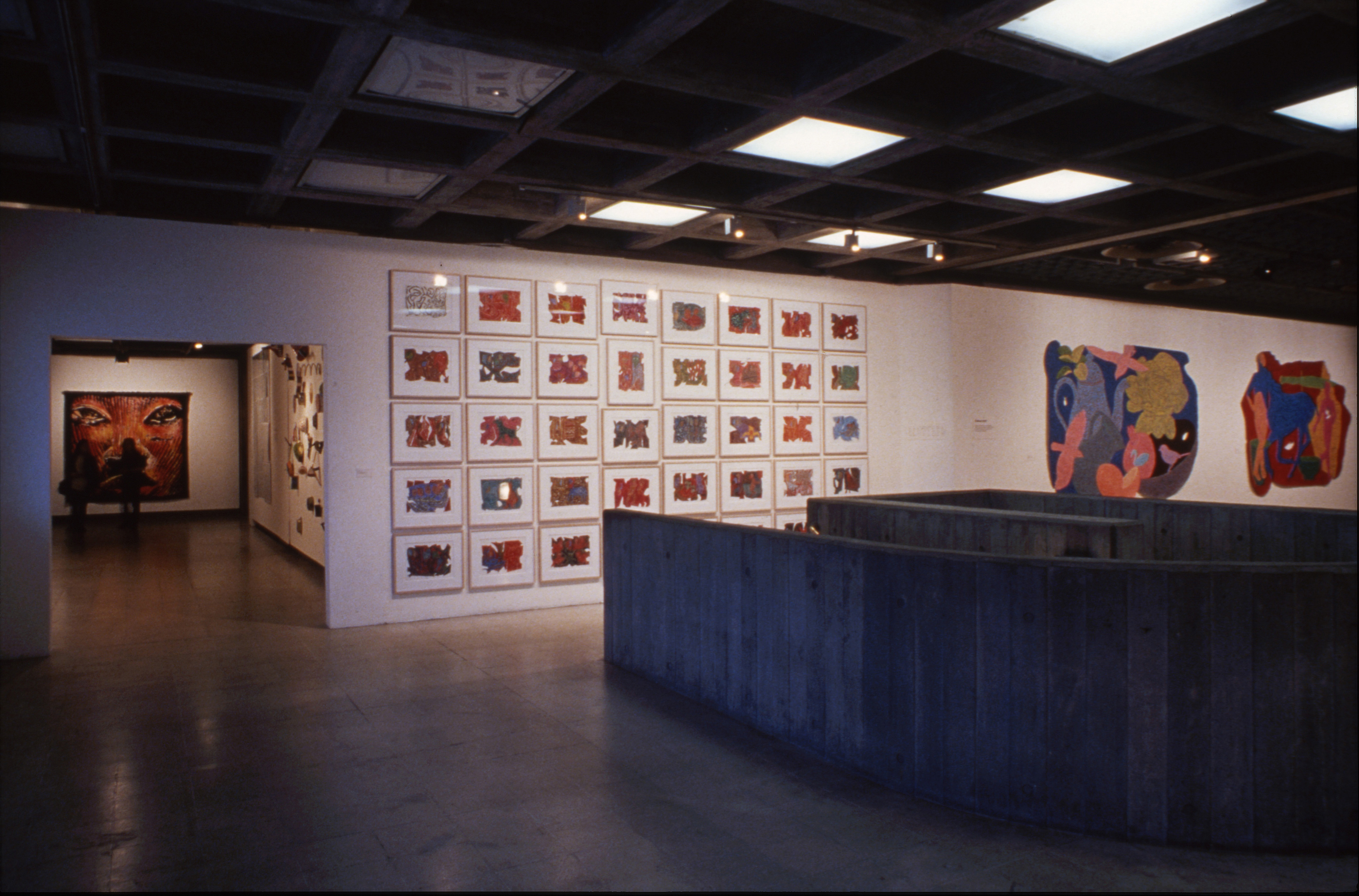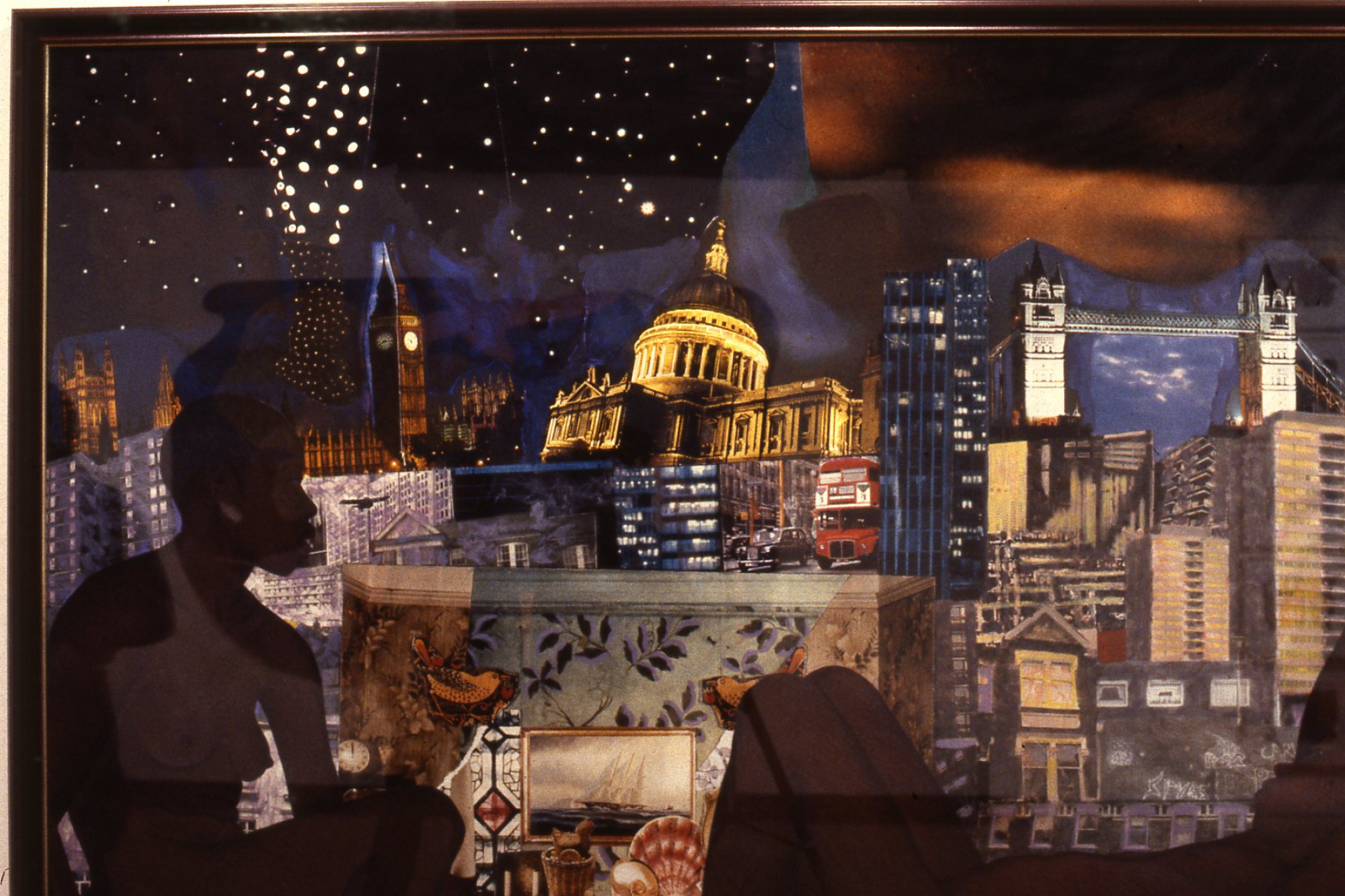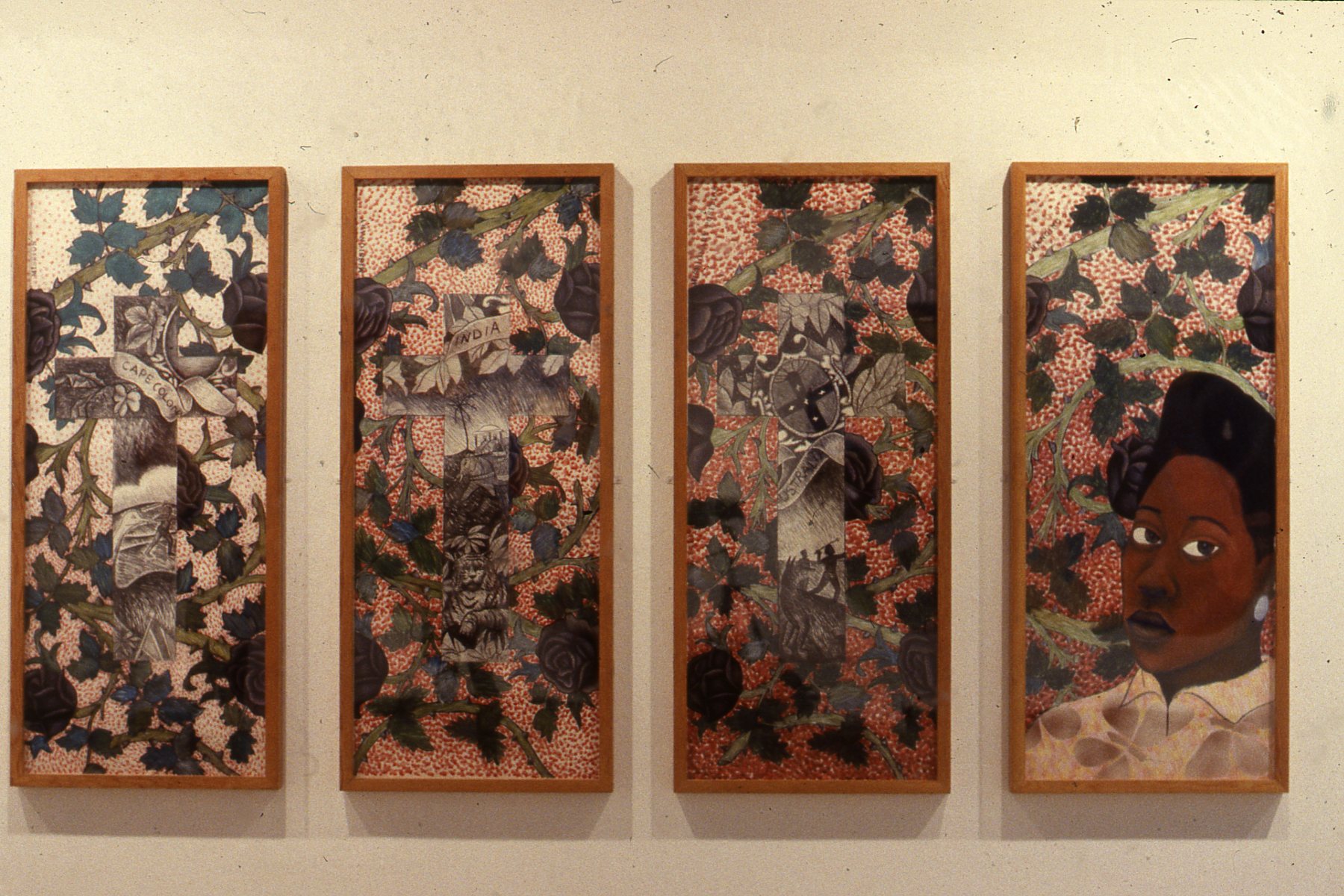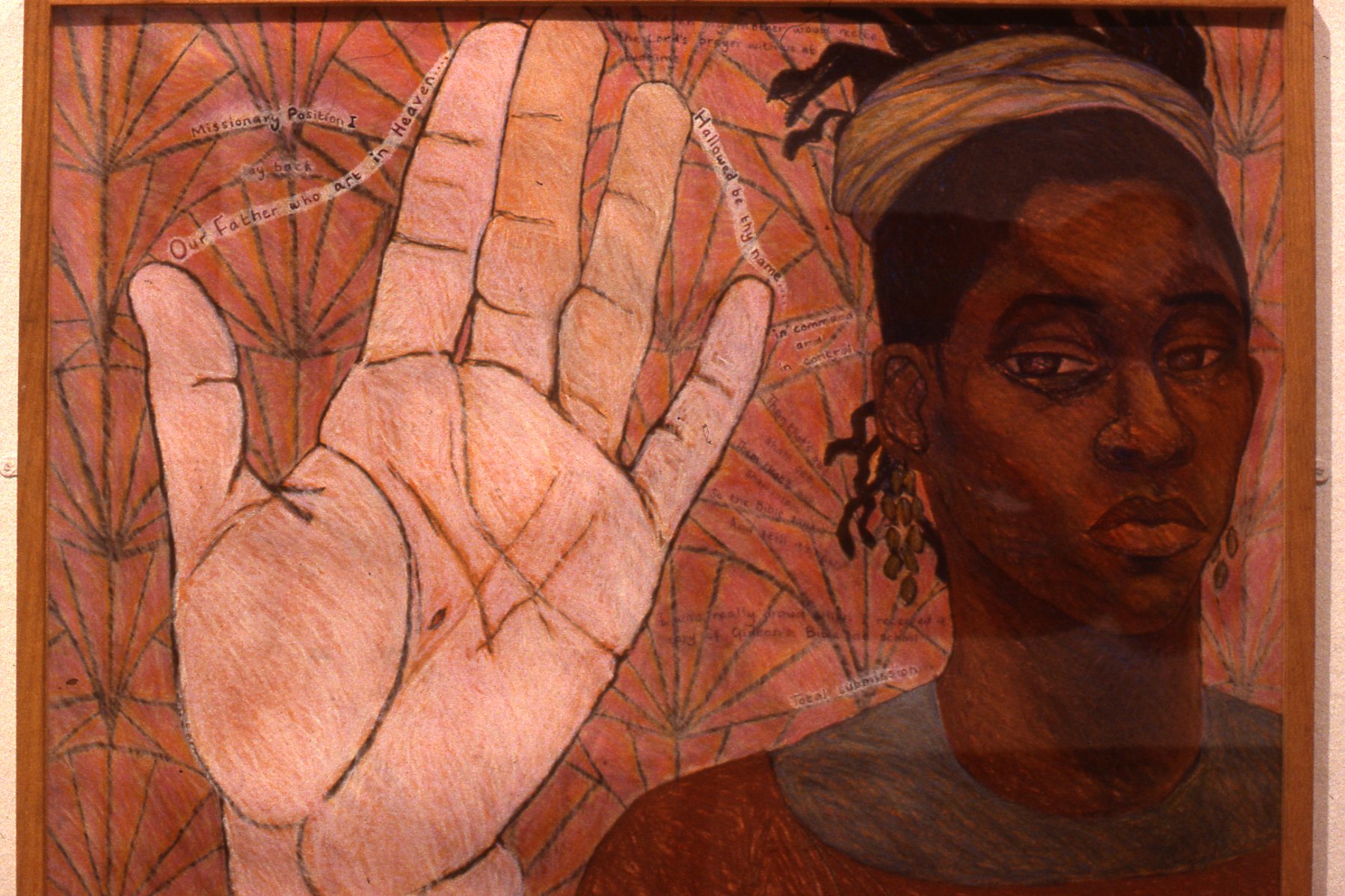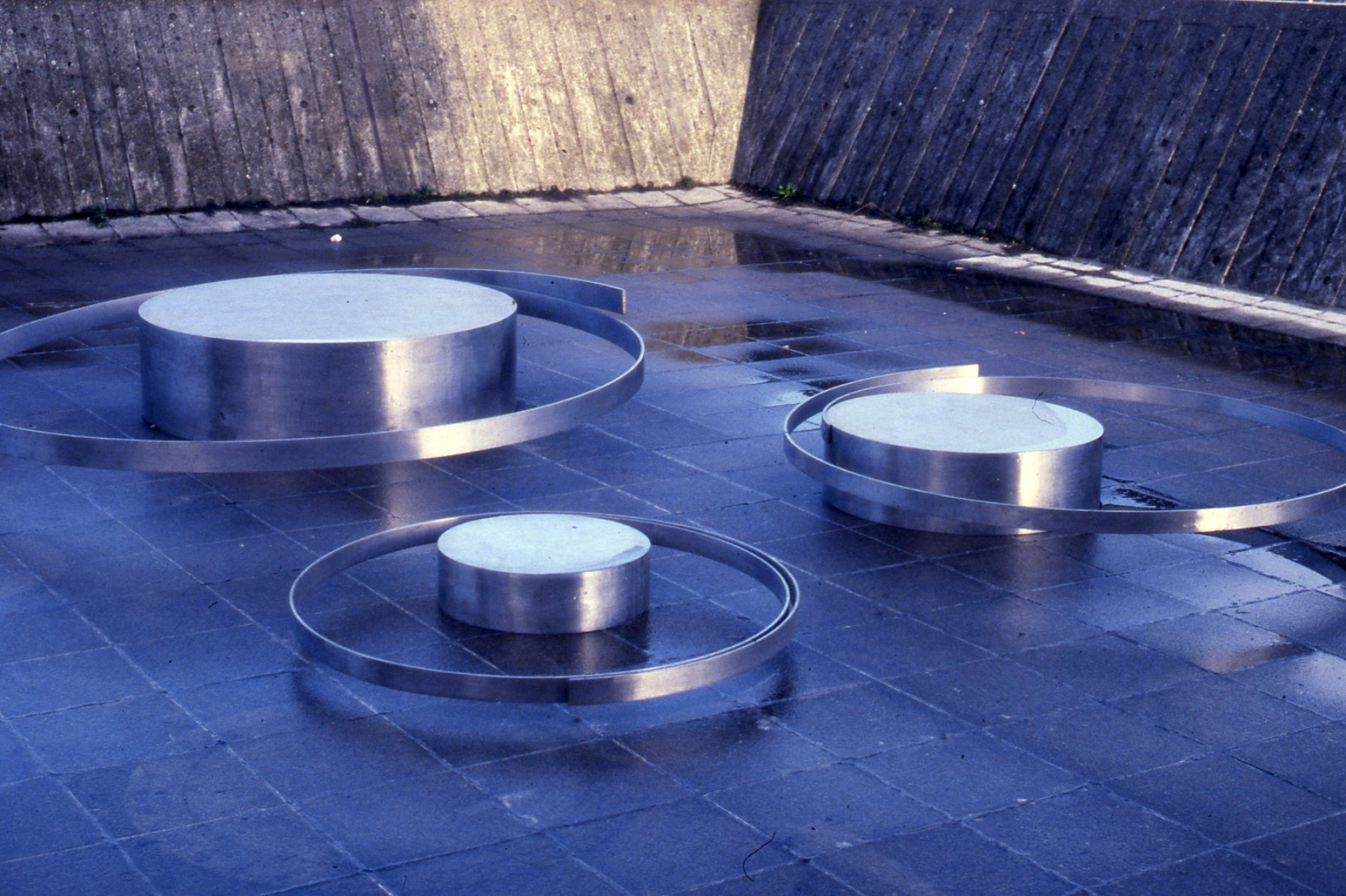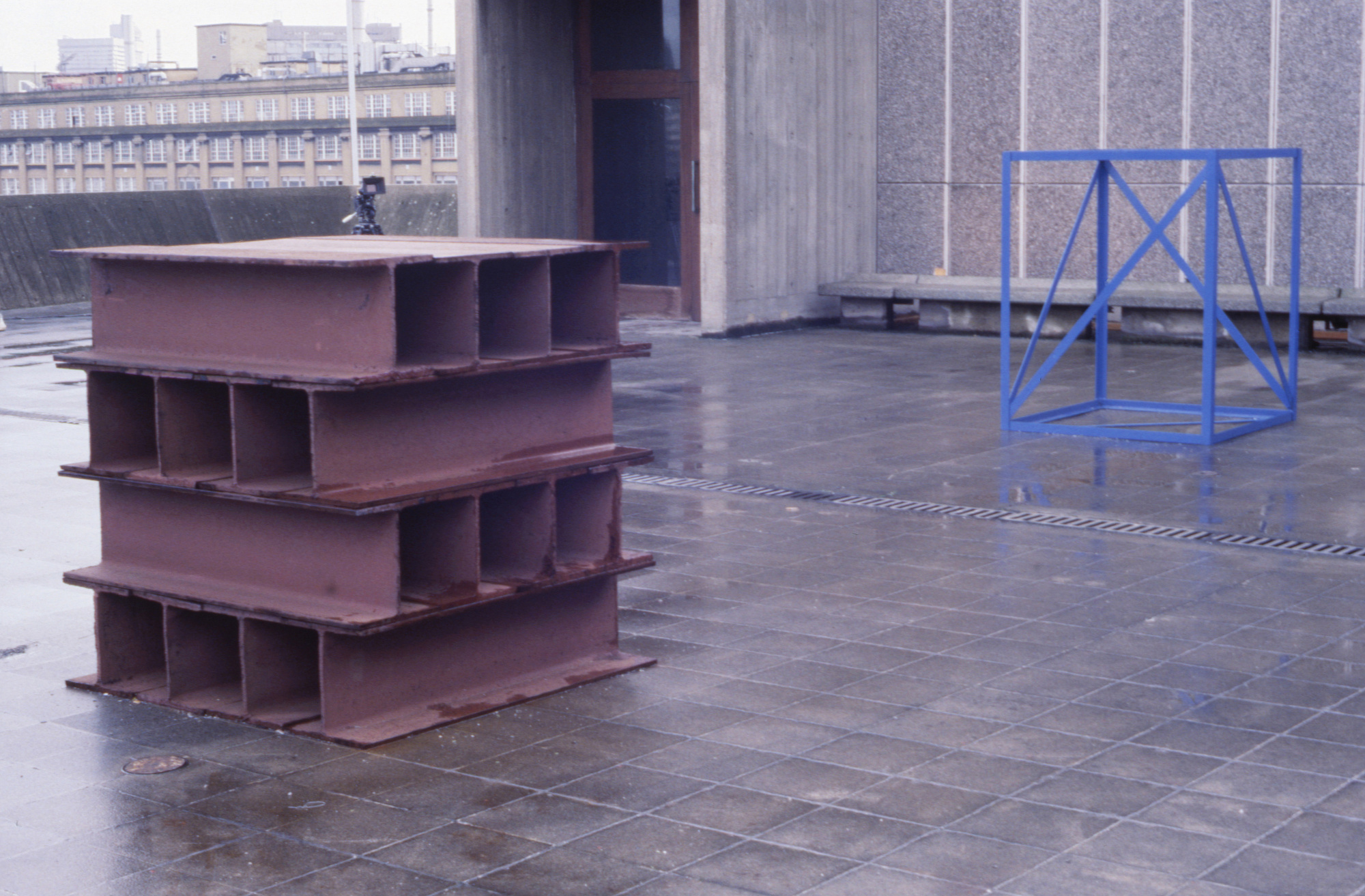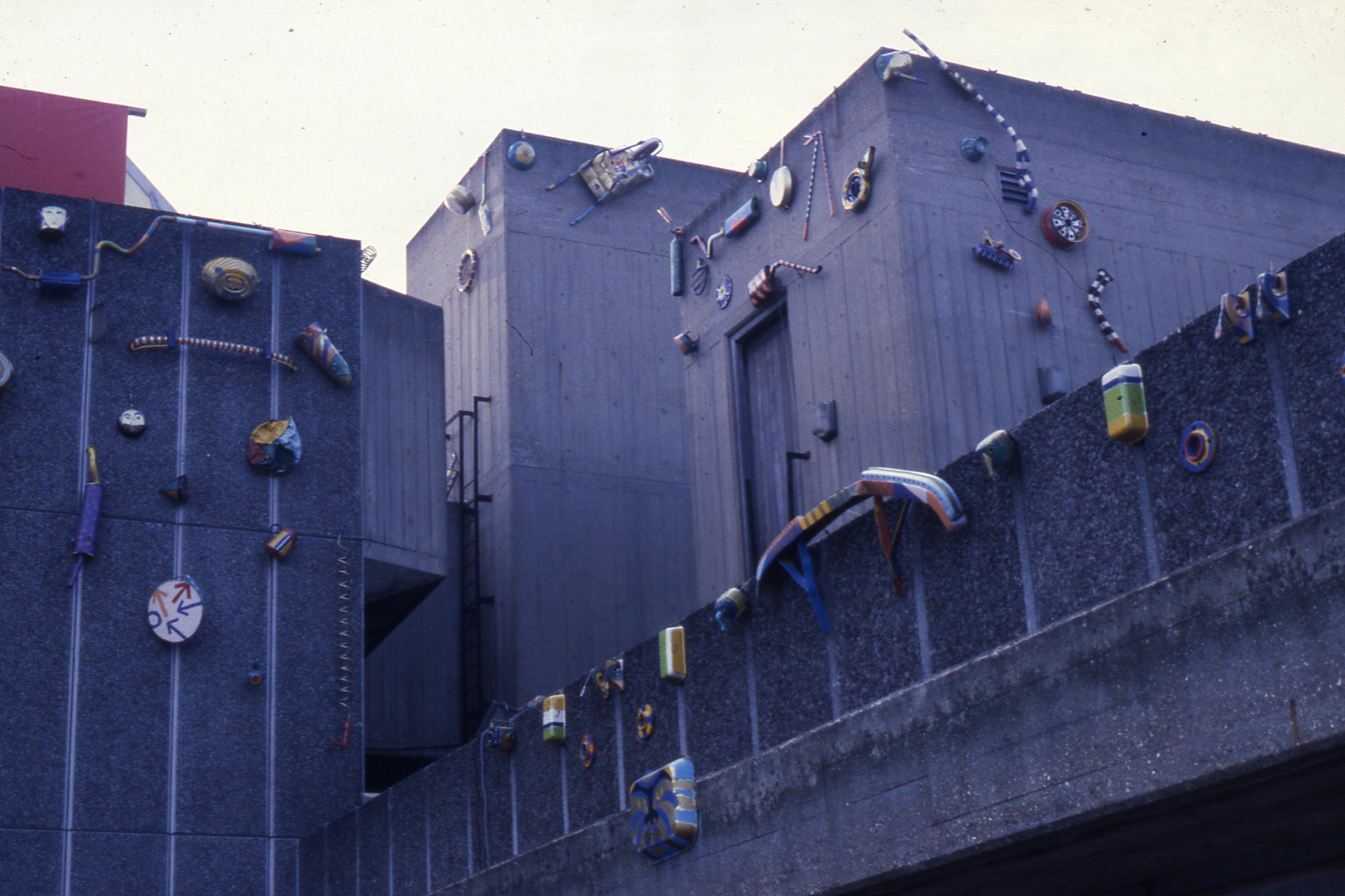‘The Other Story’, 1989
Afro-Asian Artists in Post-War Britain
Hayward Gallery, London, 1989–90
Lower Floor
- Hatoum
- Moody
- Peries
- Souza
- Chandra
- Williams
- Parvez
- Bowling
- Khanna
- Dhanjal
- Geoffrey
- Medalla
- Li
- Araeen
- Jantjes
- Hatoum


Exhibition wall text: Introduction
The end of World War II represents a historical watershed: with decolonisation, the wall which separated the peoples of the metropolis and the colonies began to come down. The subsequent movement of people from the impoverished part of the world to the metropolis changed the demographic and cultural map of Europe.
The arrival here of artists from Asia, Africa or the Caribbean in the post-war period was part of this movement. But, in many cases, it was also the result of the individual artist’s desire to realise their artistic ambitions internationally. Inspired by the modern art movements of the twentieth century and wishing to participate in their development, it was necessary for these artists to be in the metropolis.
‘The Other Story’ is the story of their engagement with Modernism, their problematic relationship with its philosophical assumption, and their exclusion from official histories on the basis that the place of Afro-Asian artists was somewhere else, outside the evolutionary paradigm of Modernism. It is the story of their struggles and their achievements, their successes and their failures. It is not a story of so-called ‘black art’ or ‘ethnic minority arts’. The Other Story is a recognition of Afro-Asian contributions to post-war British Art.

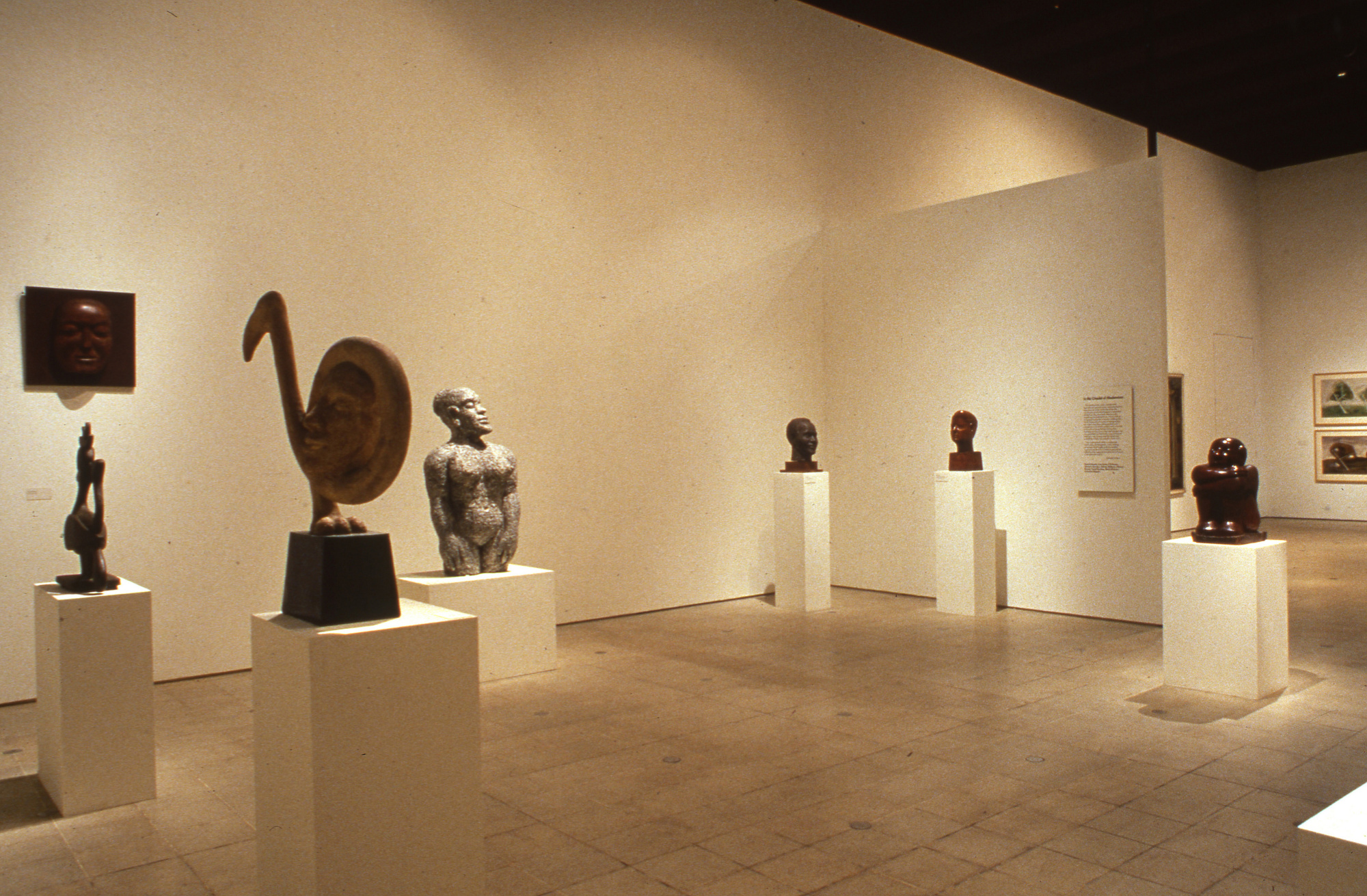
Exhibition wall text: In the Citadel of Modernism
This broad section, which includes both figurative and abstract artists, represents the first generation of artists. While they adopt the vocabularies and methodologies of established Modernism, they have been able to create something extraordinarily new. These artists do not generally question or directly challenge the formal framework of modernist developments, but within it they have developed their own perceptions and critical positions which are often to do with not being Western/white artists. Realising that the country they had adopted was not sympathetic to their modern aspirations and ambitions, they incorporated the values and sensibilities of their own cultures in their work.
Their achievements reflect a problematic relationship with Modernism, often creating paradoxes which signify both the complex cross-cultural situations of these artists and the difficulties they experienced within the framework of the dominant culture.
Ronald Moody – Ivan Peries – F.N. Souza – Avinash Chandra – Aubrey Williams – Ahmed Parvez – Frank Bowling – Balraj Khanna – Avtarjeet Dhanjal

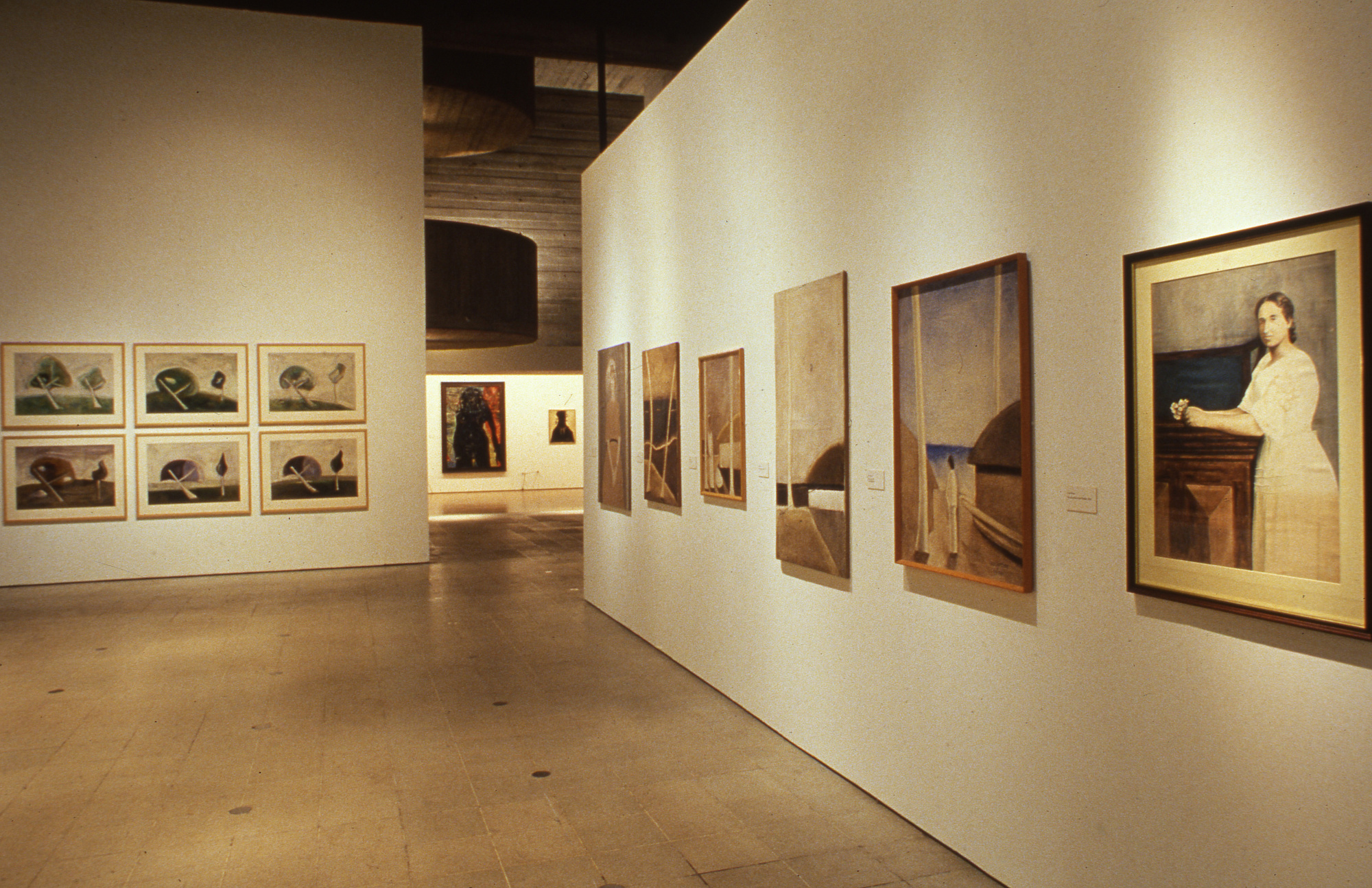
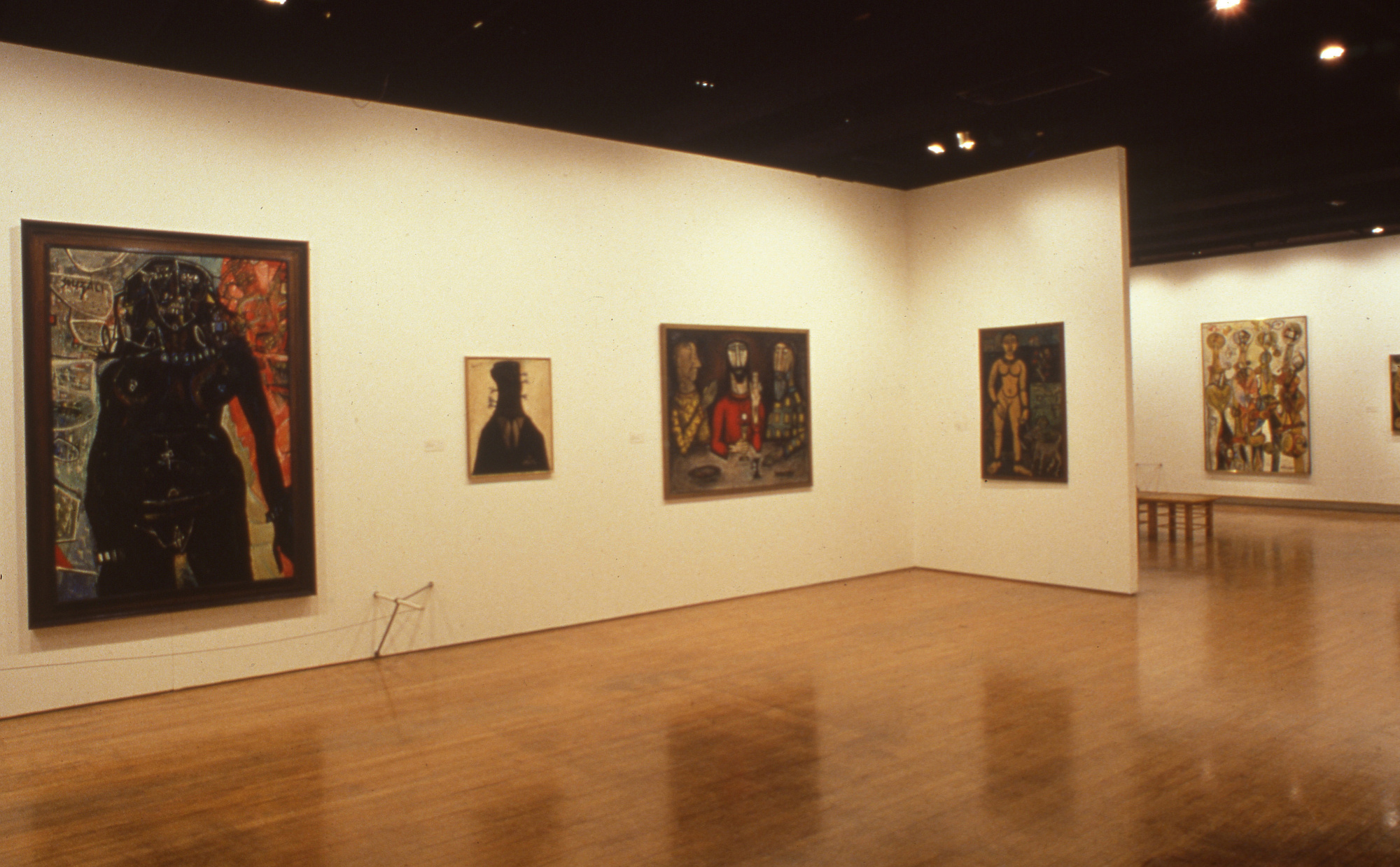
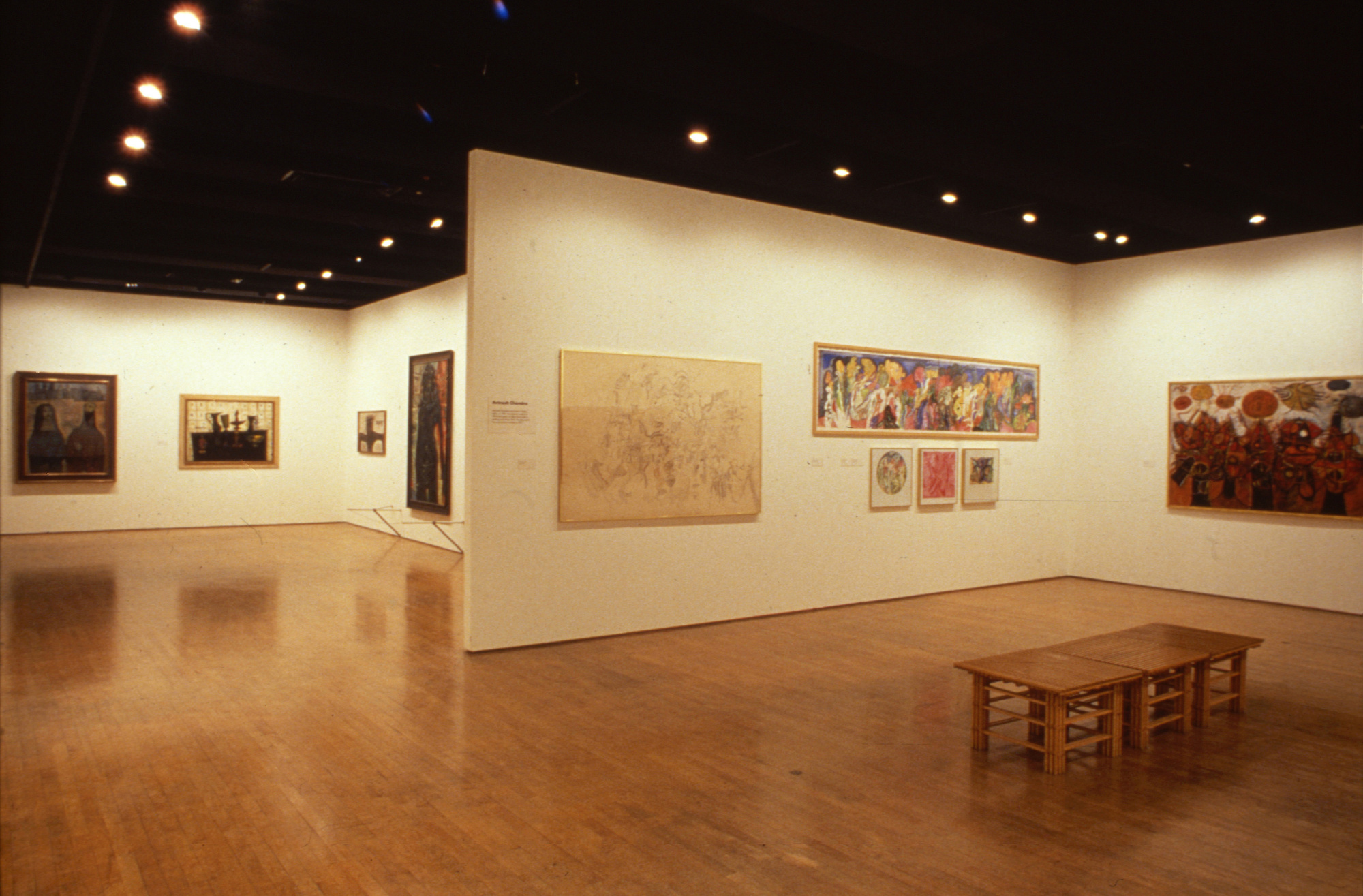

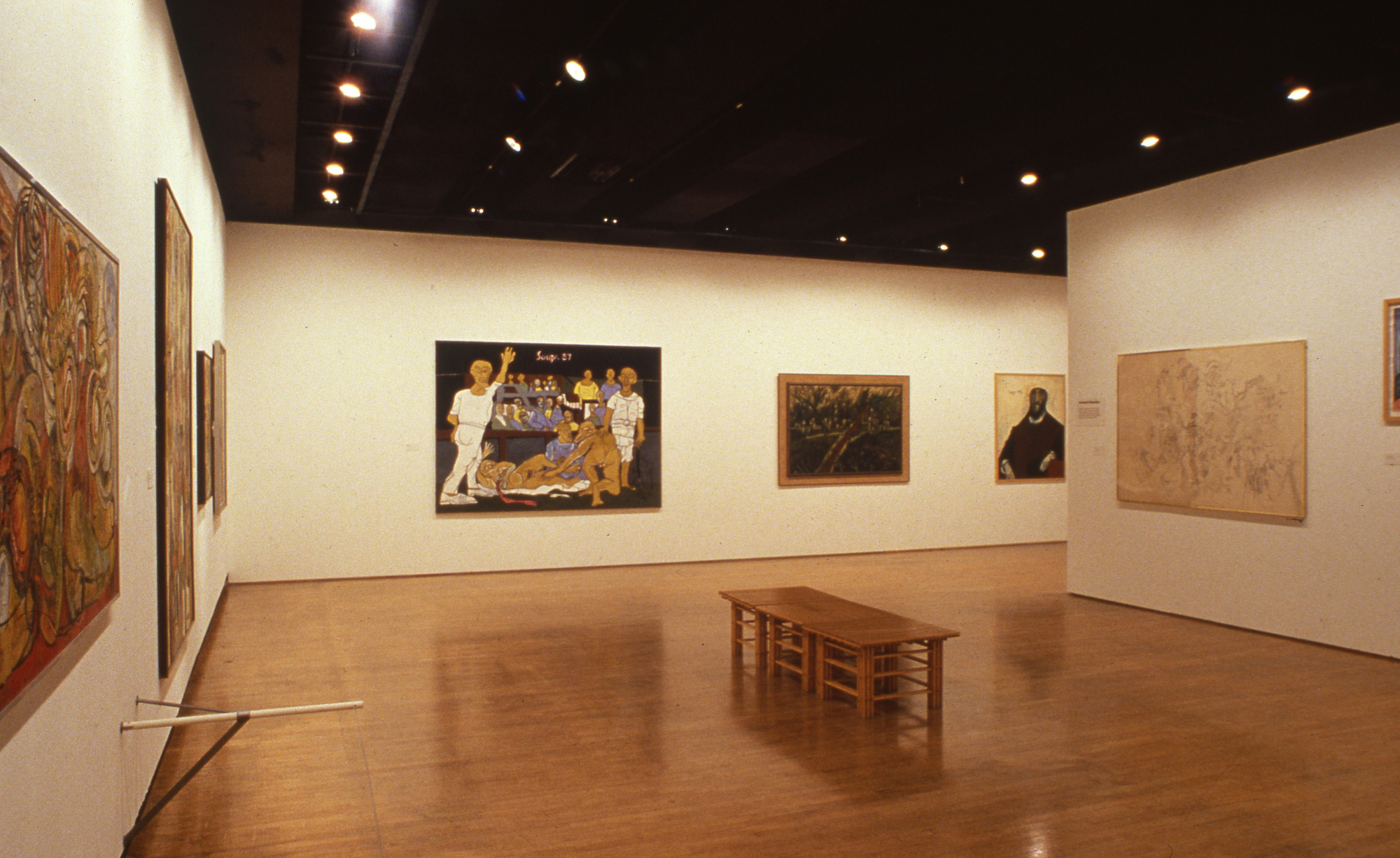
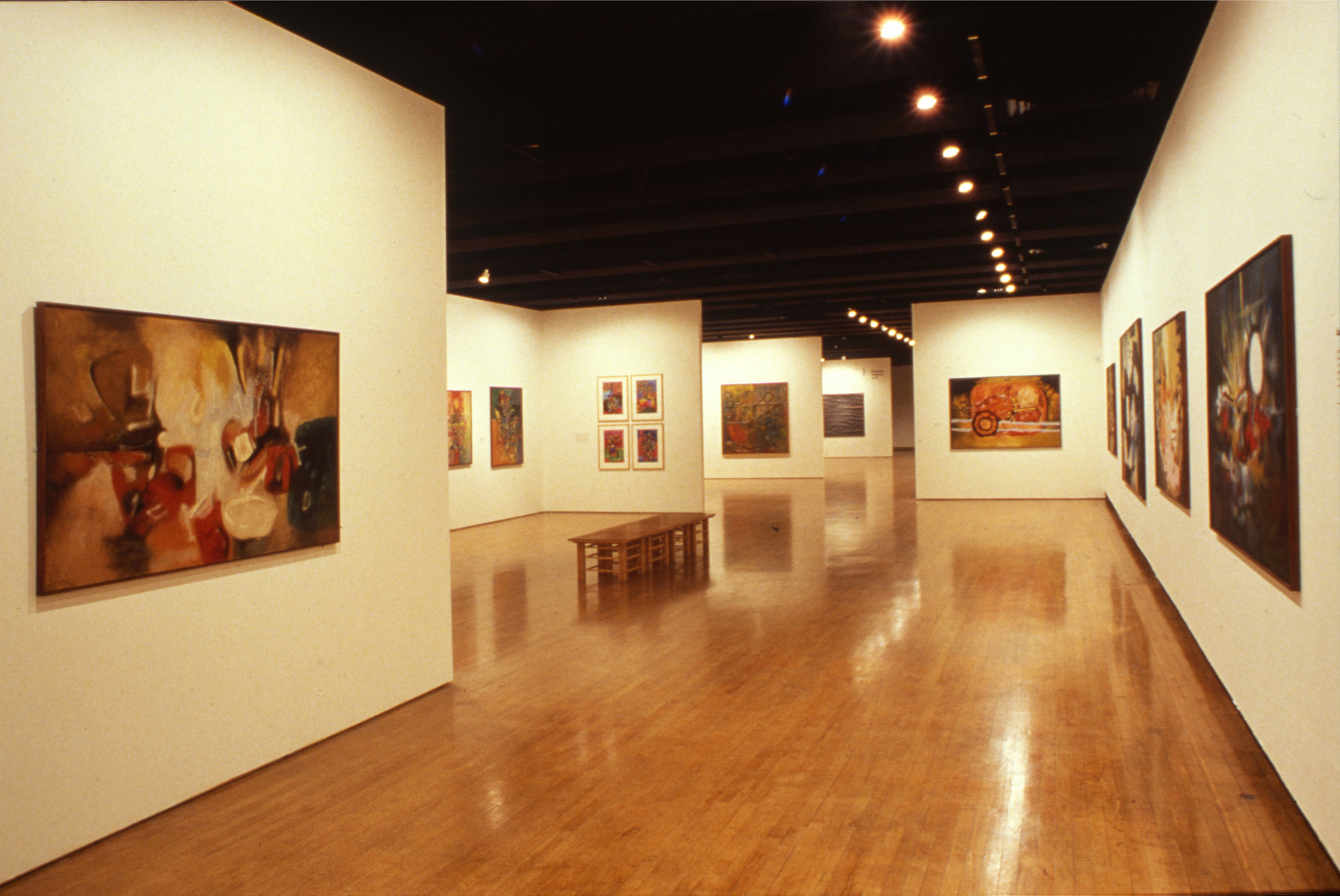
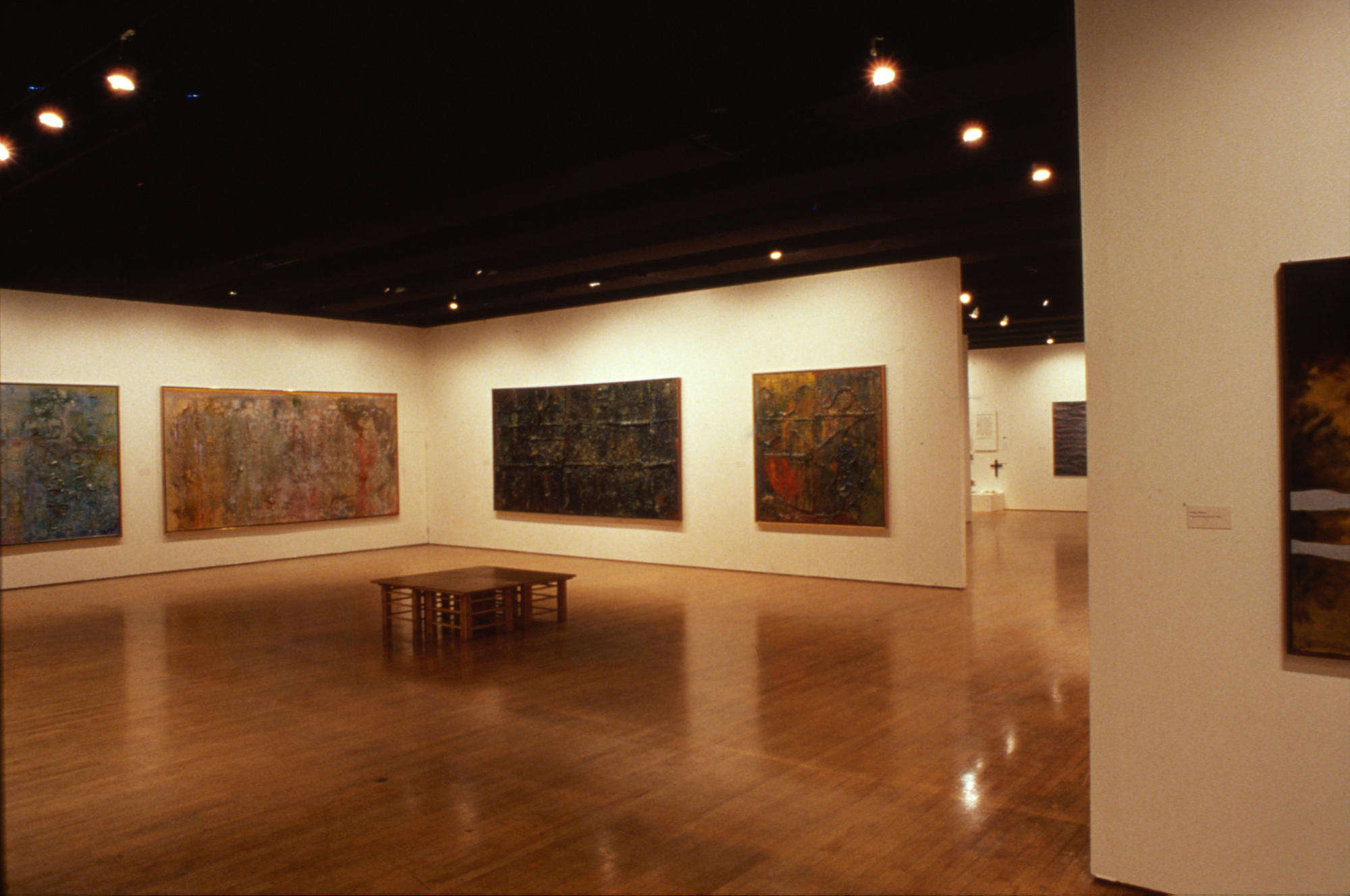
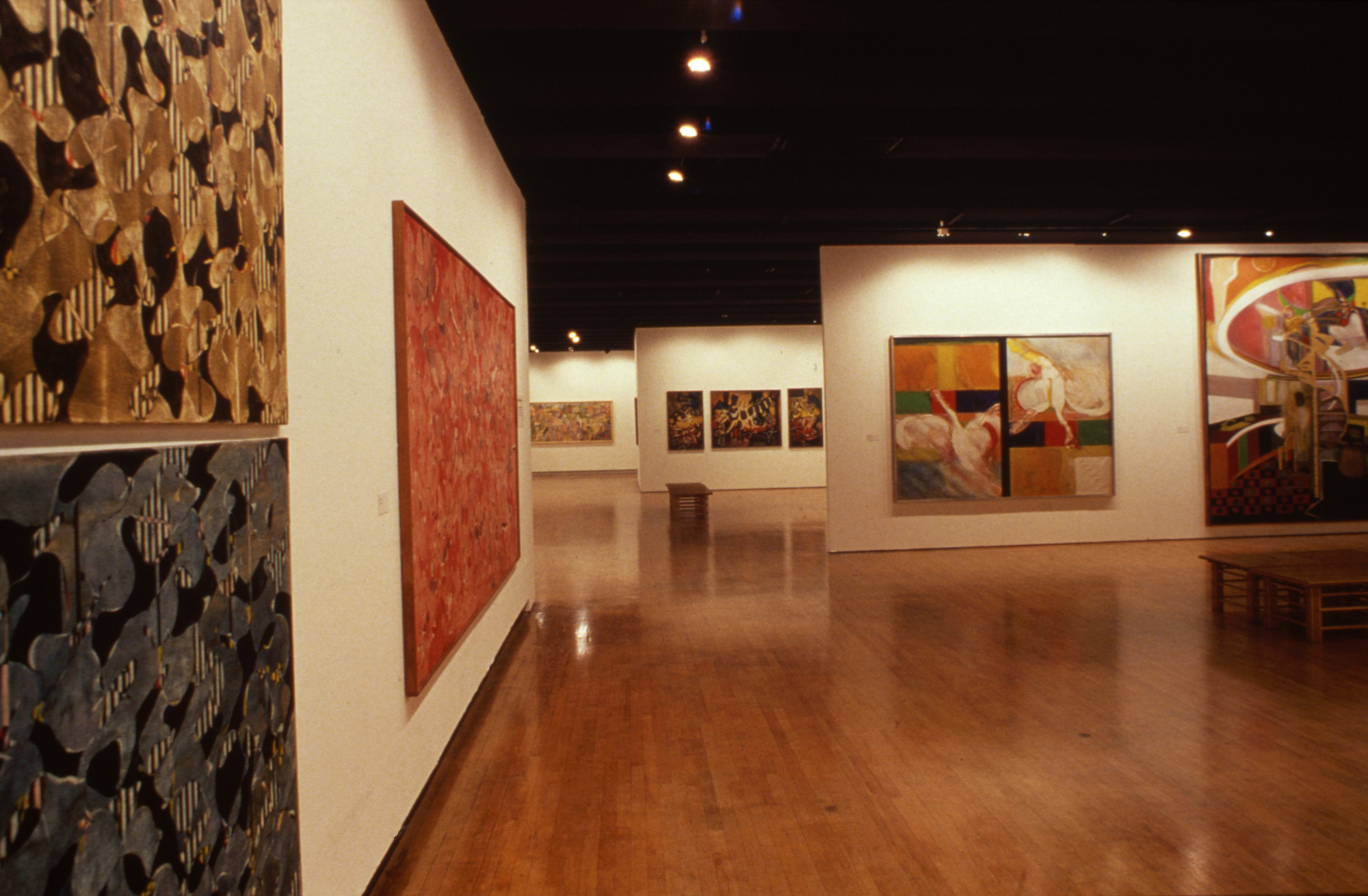
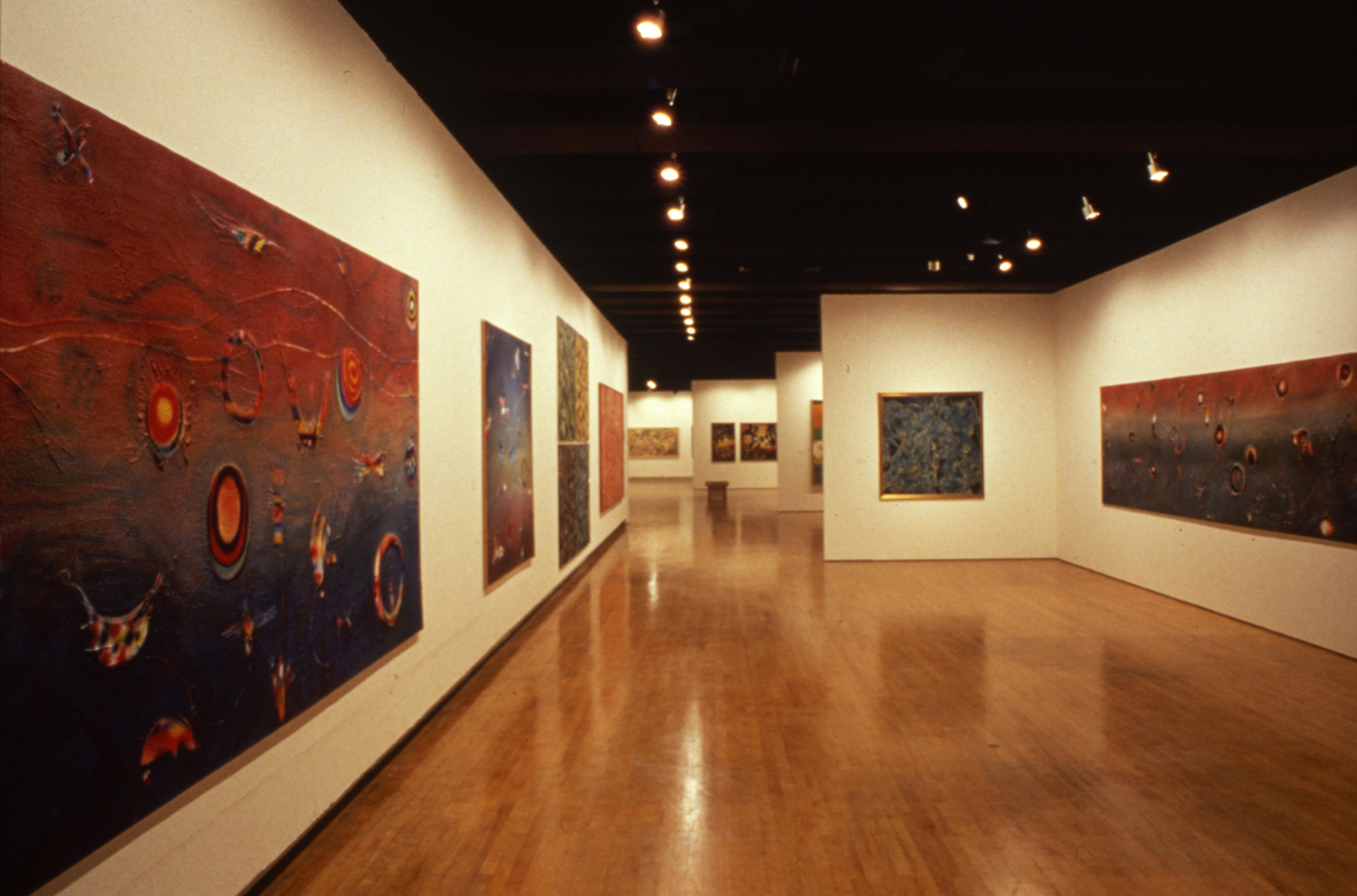
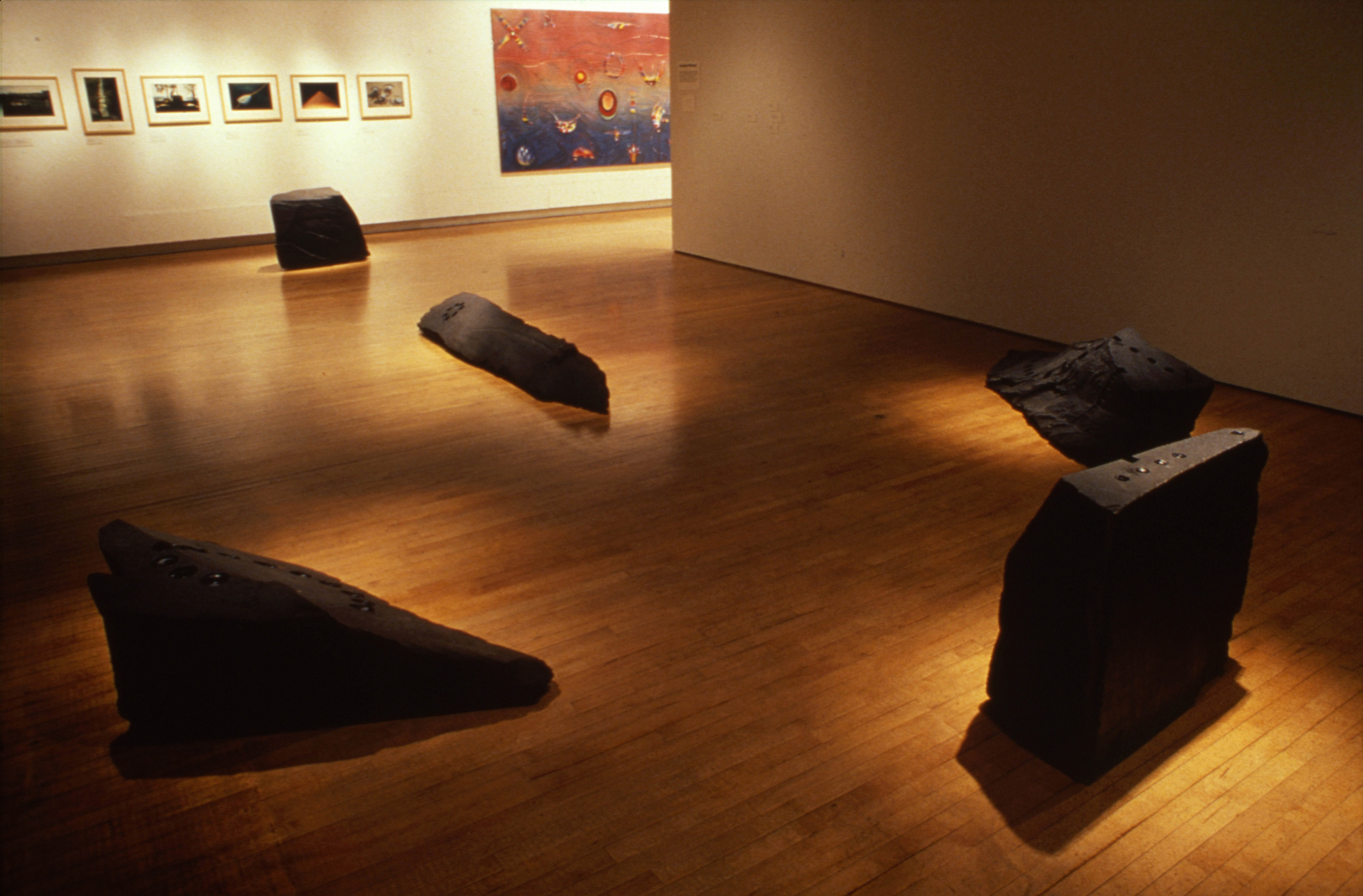
Exhibition wall text: Taking the Bull by the Horns
Who ever heard of a ‘black’ avant-gardist? And yet the preoccupation of these artists has been to question and challenge the very basis of the art of their time, both formally and conceptually. They placed themselves at the forefront of the modern movement in the sixties and questioned the formalist preoccupation of official Modernism, developing some of the ideas which were to lead to what became known as the conceptual art movement of the late sixties: making art objects was no longer necessary, art was a process or an intellectual discourse.
In the tradition of the avant-garde, these artists recognise art as an alienated product of bourgeois society; but they also try to connect art with life as a whole. The main tendency here may be described as anarchist/nihilist in the tradition of Dada, but their work also incorporates the utopian vision of the Bauhaus.
Iqbal Geoffrey – David Medalla – Li Yuan Chia – Rasheed Araeen
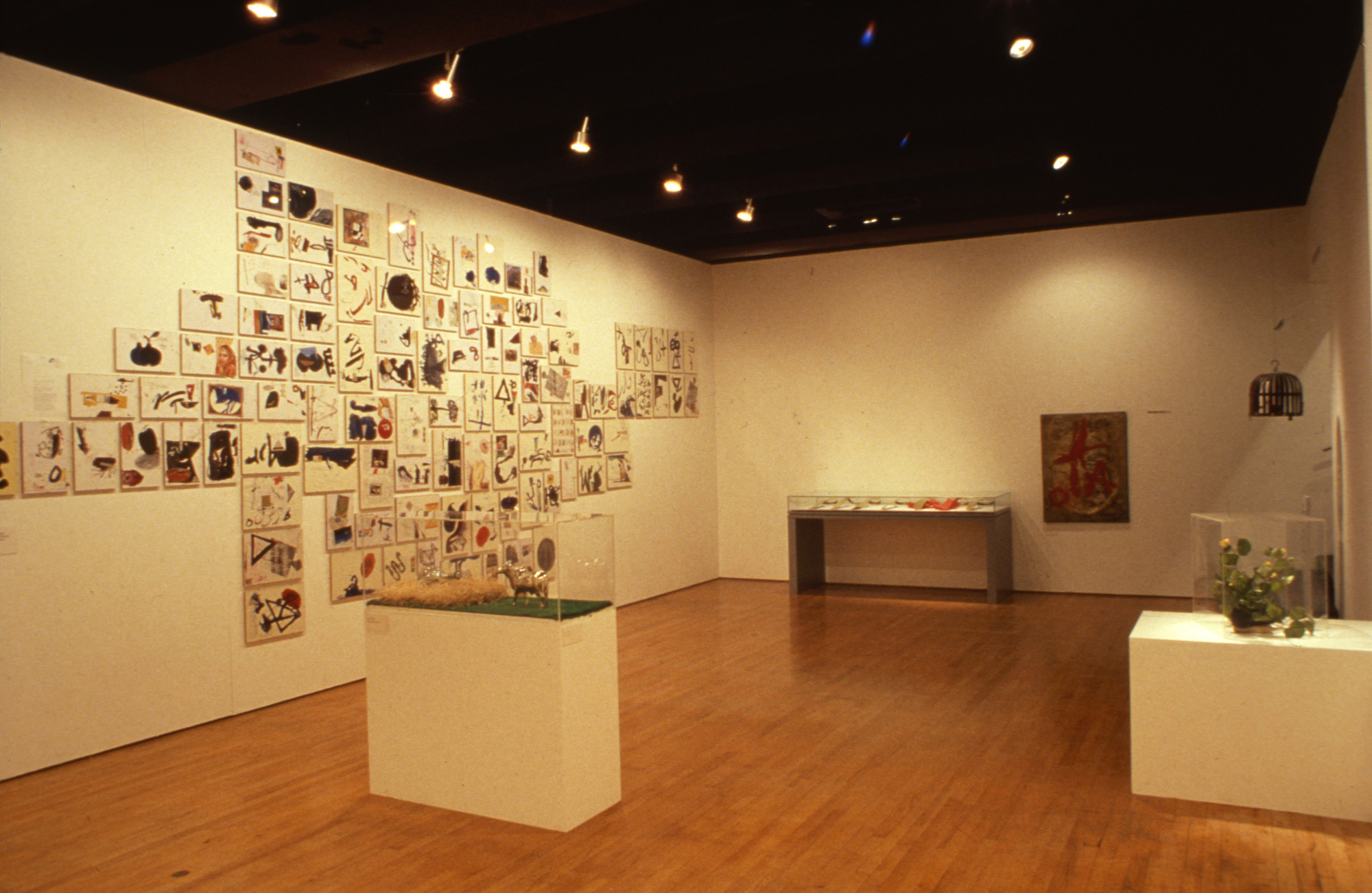
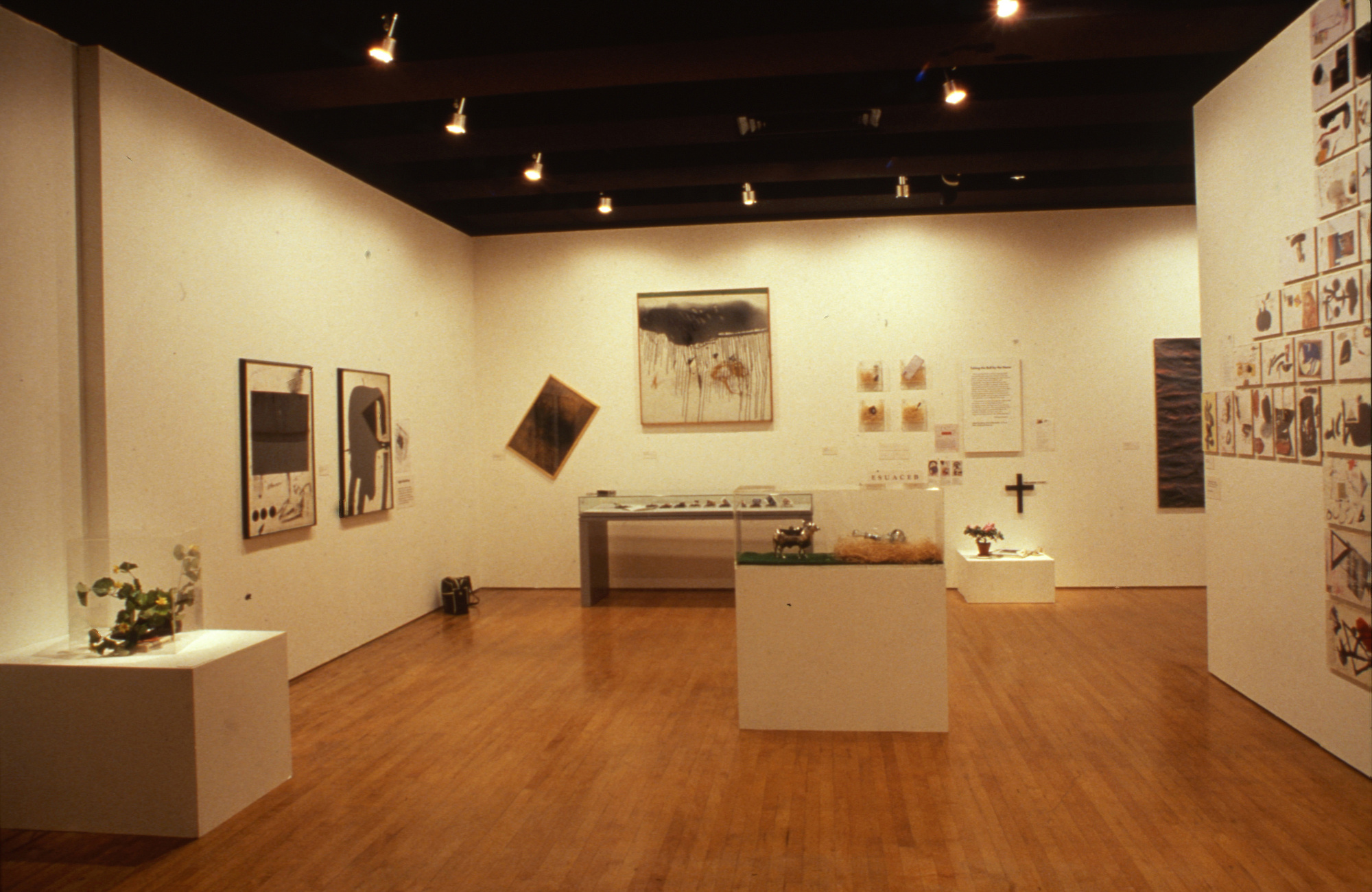
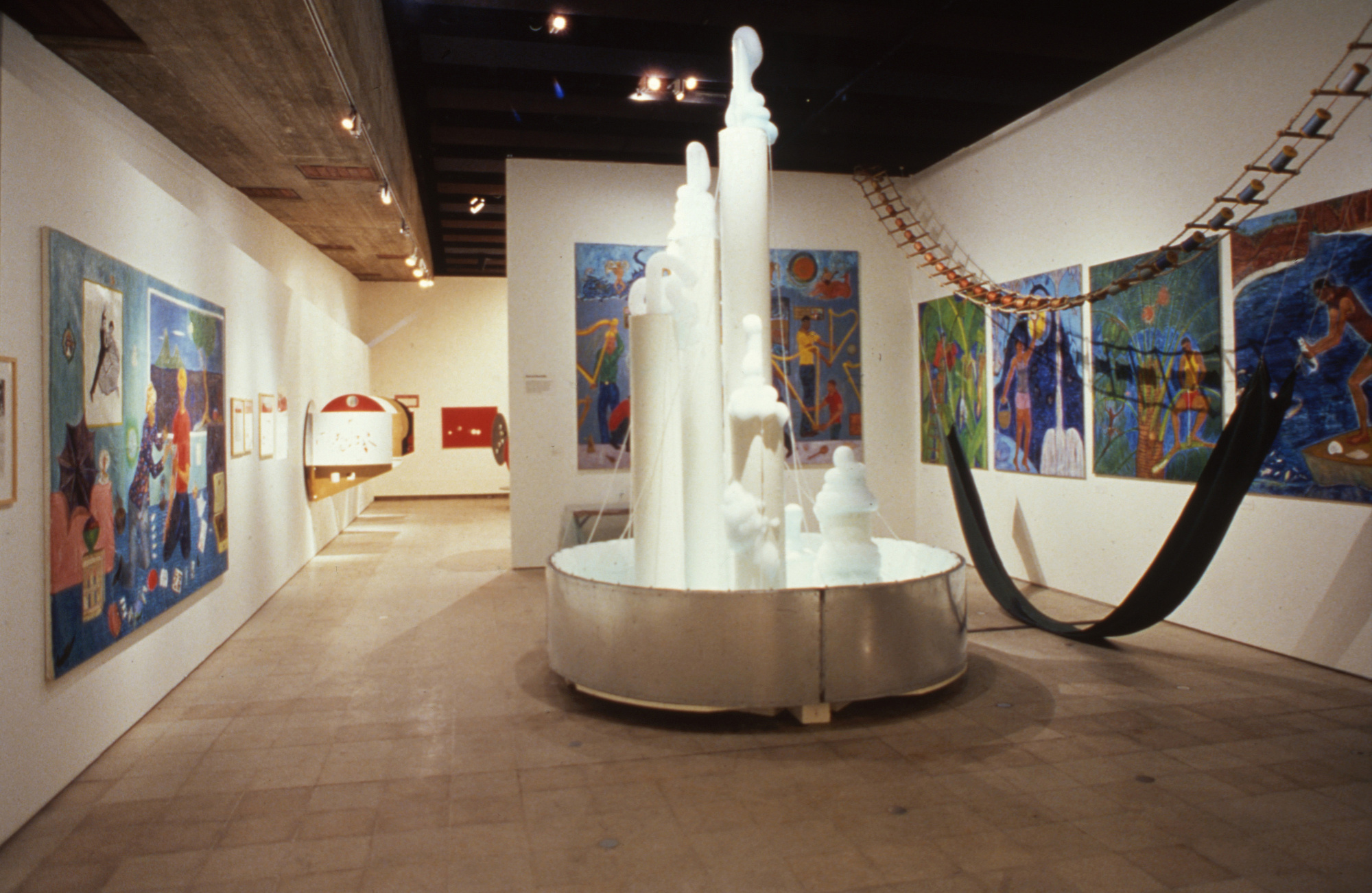
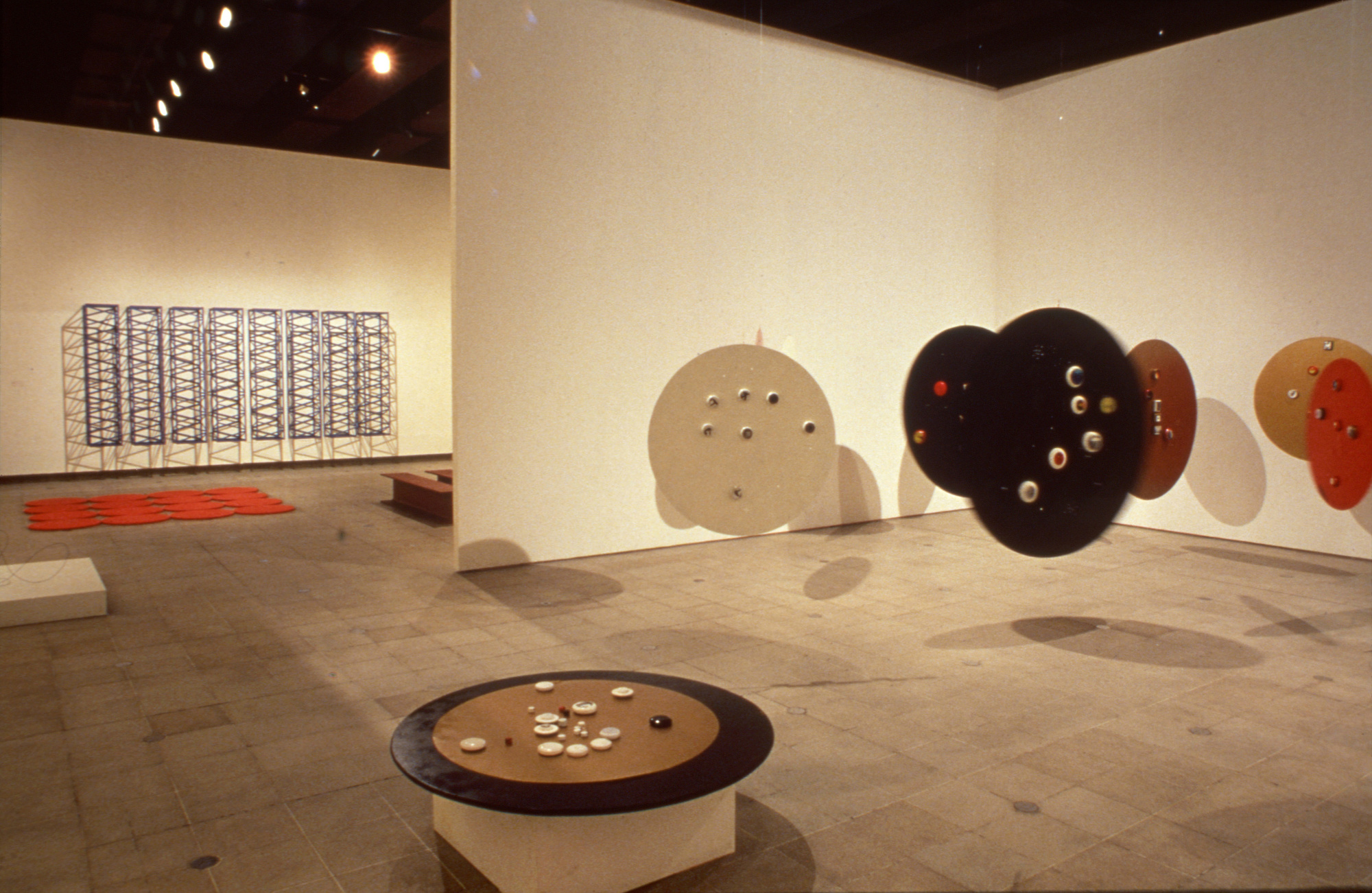
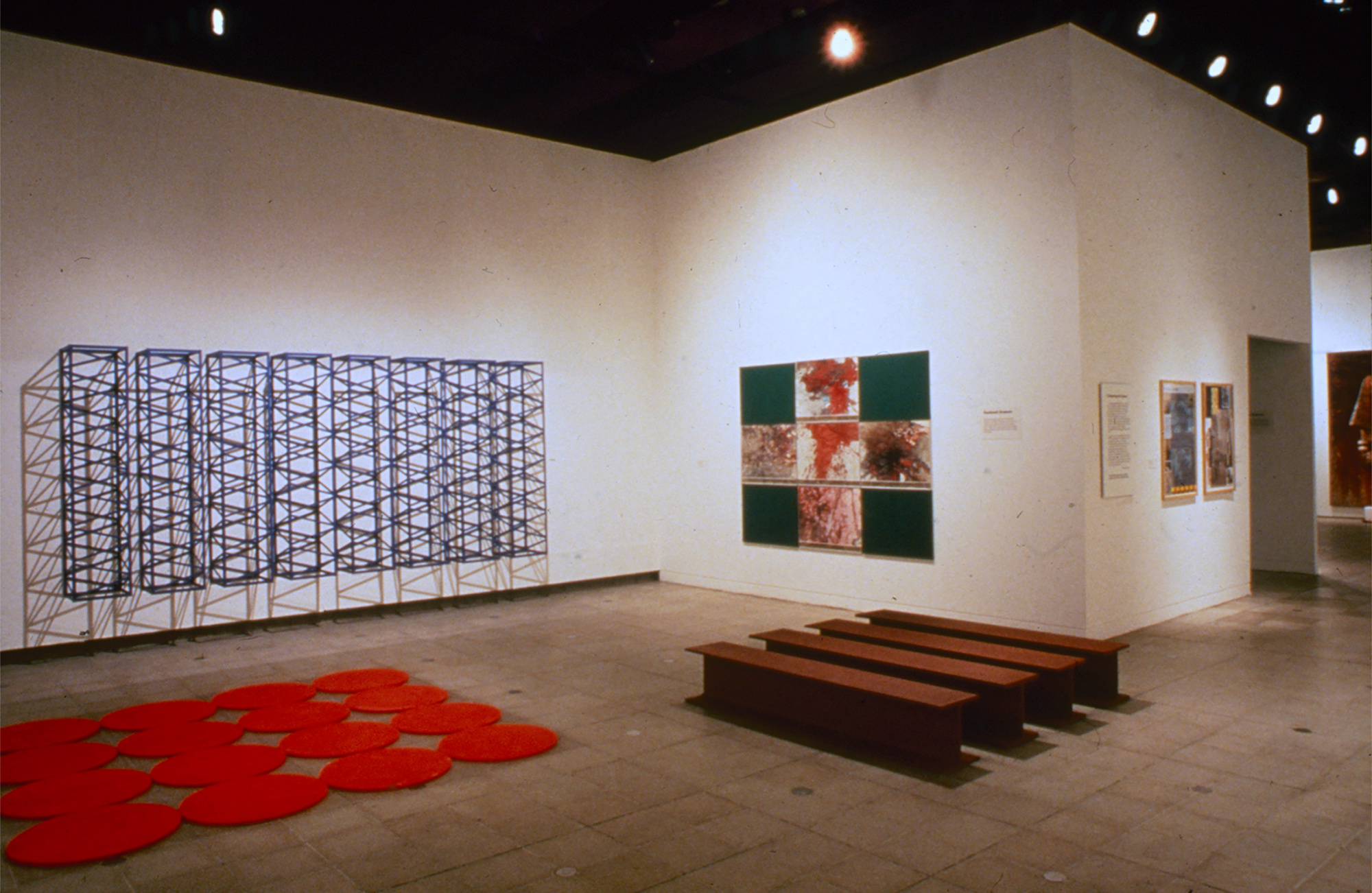
Exhibition wall text: Confronting the System
The beginning of the seventies was a time of social and political upheaval: the aftermath of the students’ uprising in Paris; anti-imperialist wars, particularly in Vietnam and Portuguese Africa; struggles in Southern Africa and Palestine; the emergence of the women’s movement and black power. All this affected the work of many artists. Both Medalla and Araeen were involved in this change, their activities at the time representing an effort to develop a language which evoked ideological and political issues.
However, this section only includes artists whose work emerged from the beginning out of awareness of the questions of race and patriarchy. The language these artists use is not necessarily that of formal innovation but of appropriation and deconstruction of the prevailing forms. The work often expresses experience of displacement and loss. The voice which emerges is the voice of the ‘Wretched of the Earth’. But it is also a voice of hope, a belief in a future from which the inequalities of racism and sexism are eliminated.
Gavin Jantjes – Mona Hatoum – Eddie Chambers – Keith Piper – Lubaina Himid
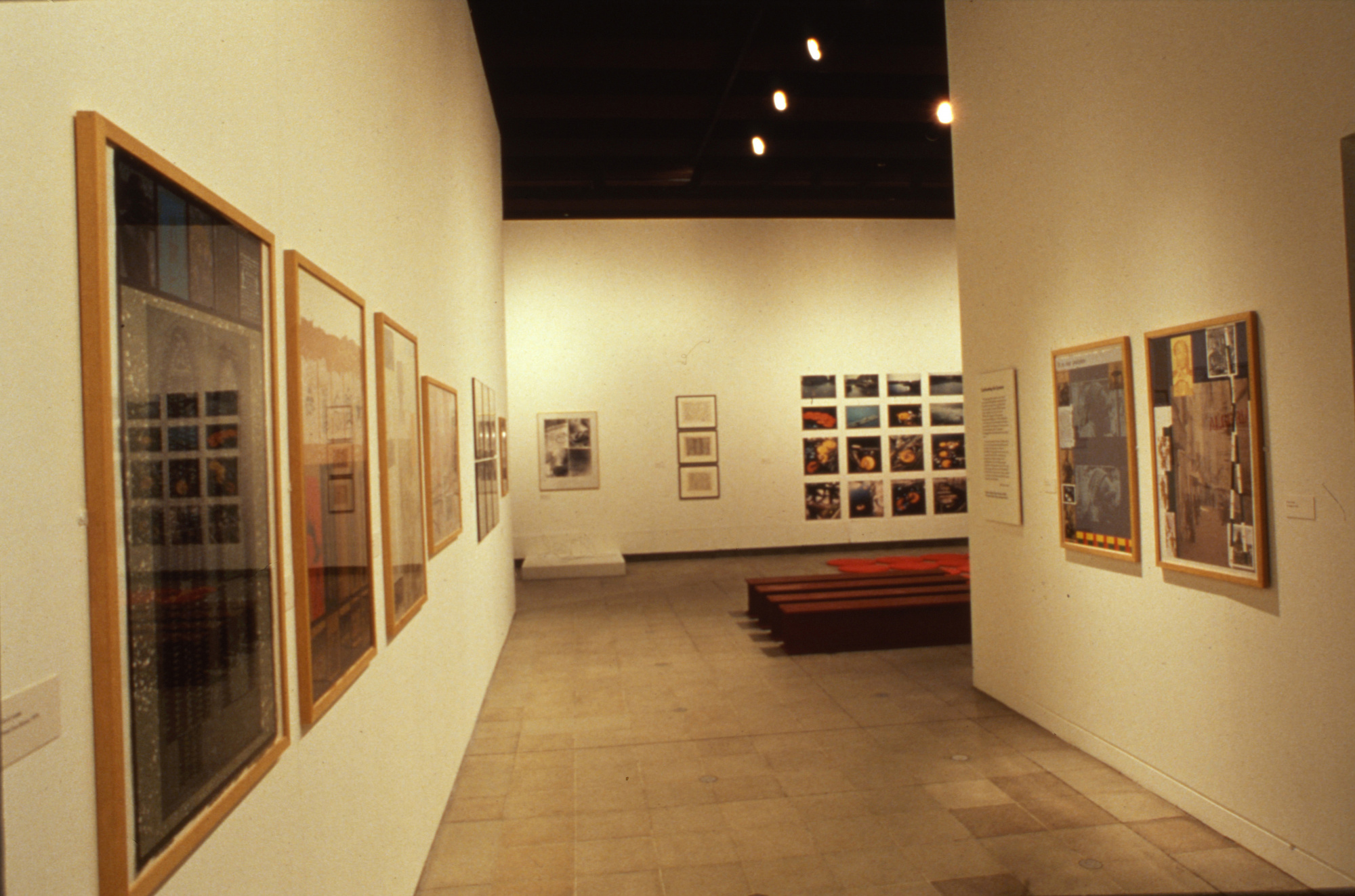
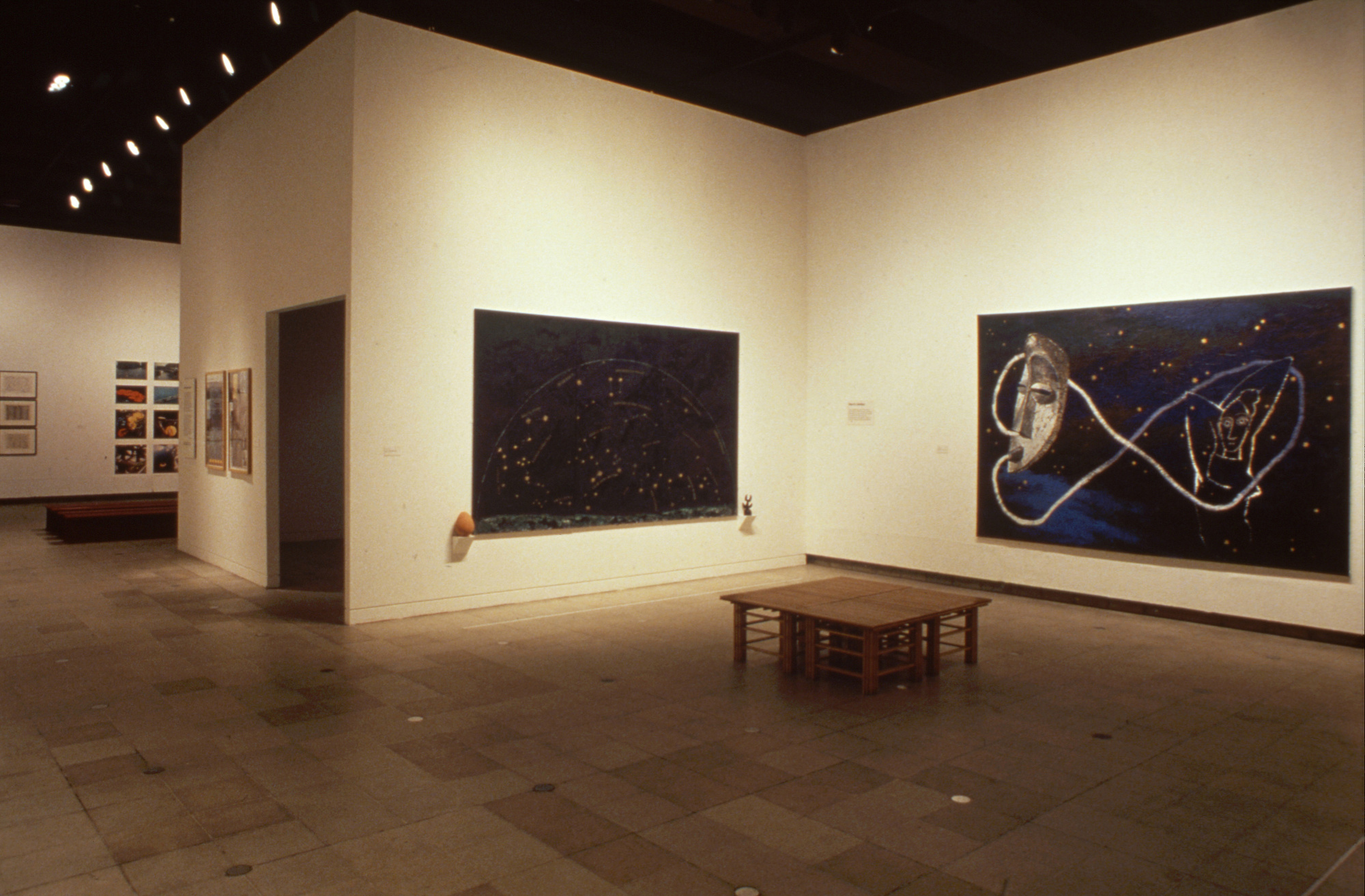
Upper Floor
- Piper
- Chambers
- Himid
- Egonu
- Locke
- Shemza
- Arif
- Boyce
- Araeen
- Shimizu
- Dhanjal
- Locke
- Shimizu
- Egonu
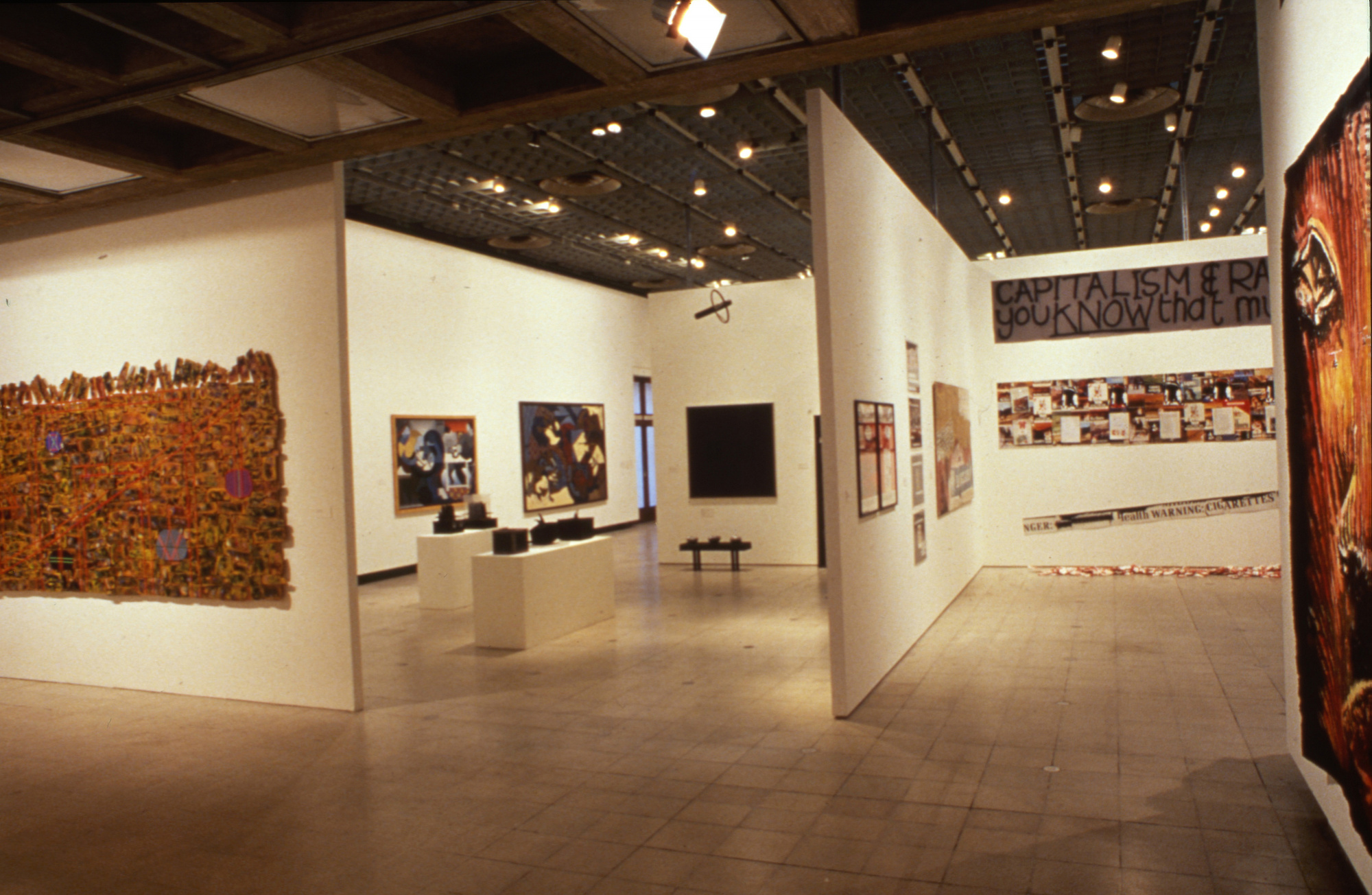

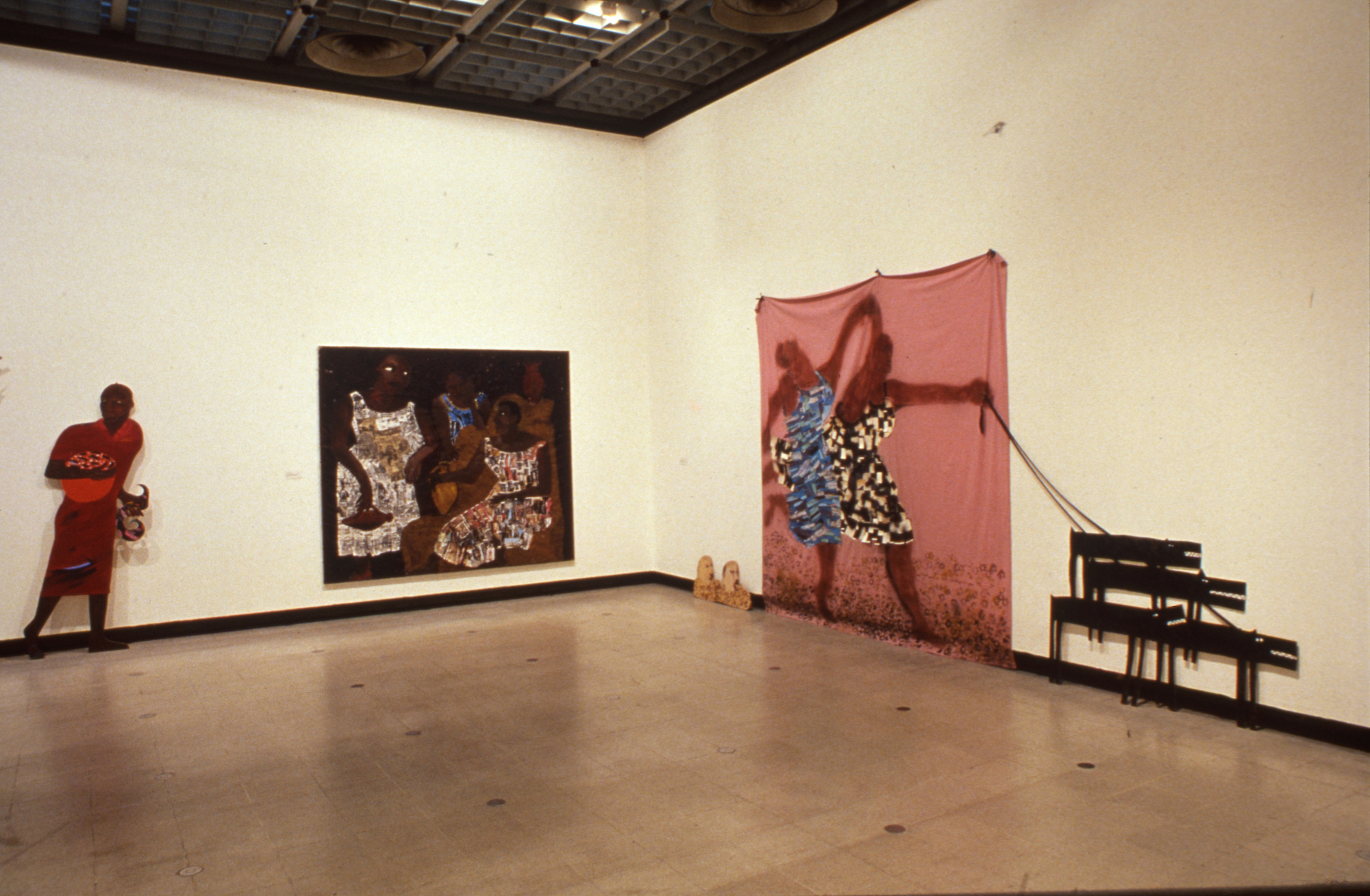
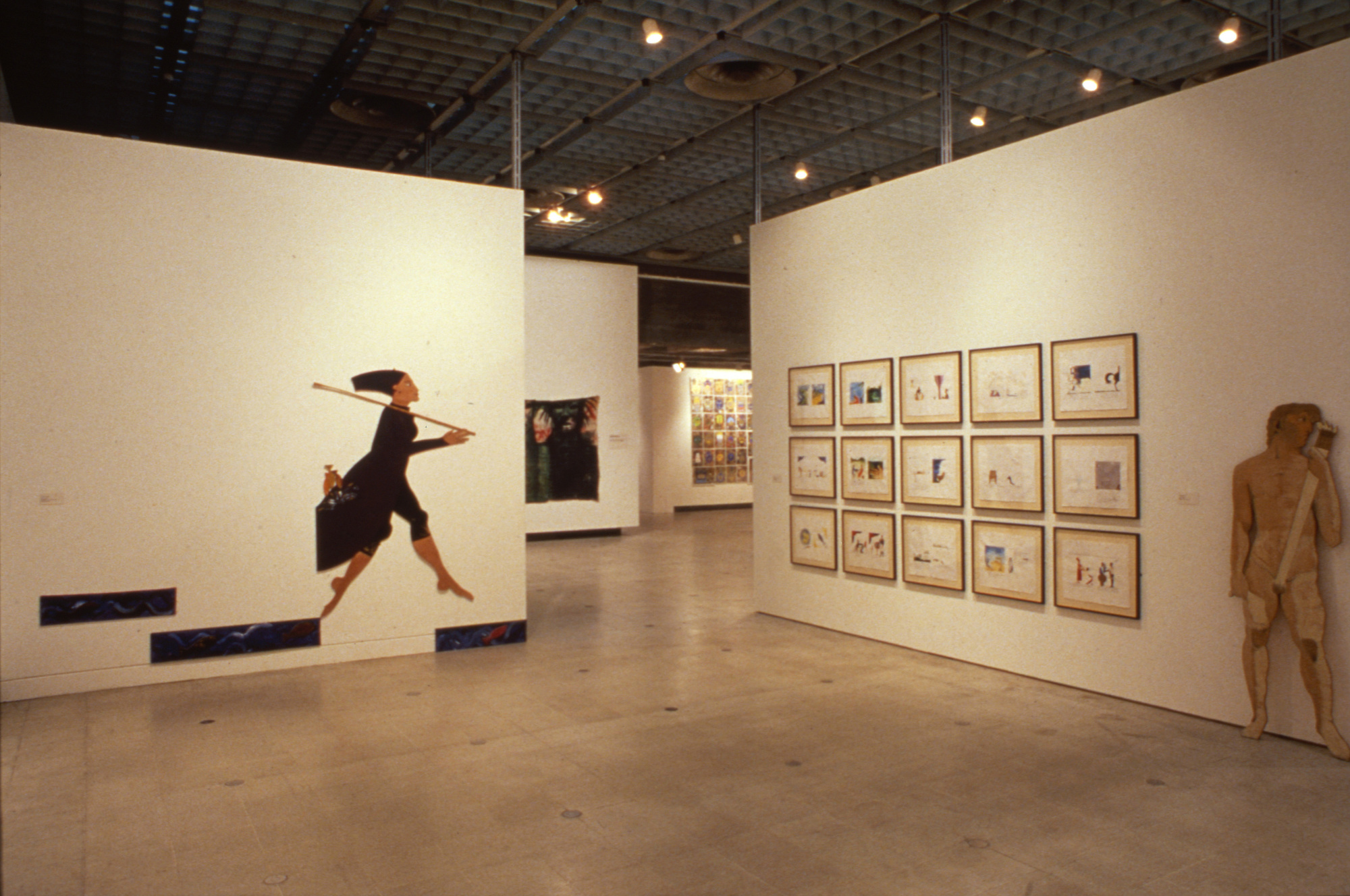
Exhibition wall text: Recovering Cultural Metaphors
It is the constant preoccupation of the dominant culture to look for cultural differences in the work of those artists who are neither European nor white. This may be an innocent fascination with the exotic but underlying it is a complex problem within Modernism which excludes the Other from its centre. This is further complicated by the artist’s own desire for a cultural identity.
Afro-Asian artists faced this problem from the beginning and almost every artist has tried to deal with it. The first artist who consciously addressed this question, as early as the fifties, was A.J. Shemza. Confronted with The Story of Art by Ernst Gombrich and shocked by the fact that it reduced the history of more than a thousand years of Islamic civilisation to two pages, he began to search for an art form which would establish his own cultural identity. We find the same concern in the work of Uzo Egonu and Saleem Arif; the need to create a kind of synthesis which contains multiple cultural references. Other artists approach this question differently: the question here is not merely re-establishing one’s cultural identity, but how to incorporate it into a critical practice that recognises difference and confronts cultural stereotypes.
A.J. Shemza – Uzo Egonu – Donald Locke – Kumiko Shimizu – Saleen Arif – Sonia Boyce




